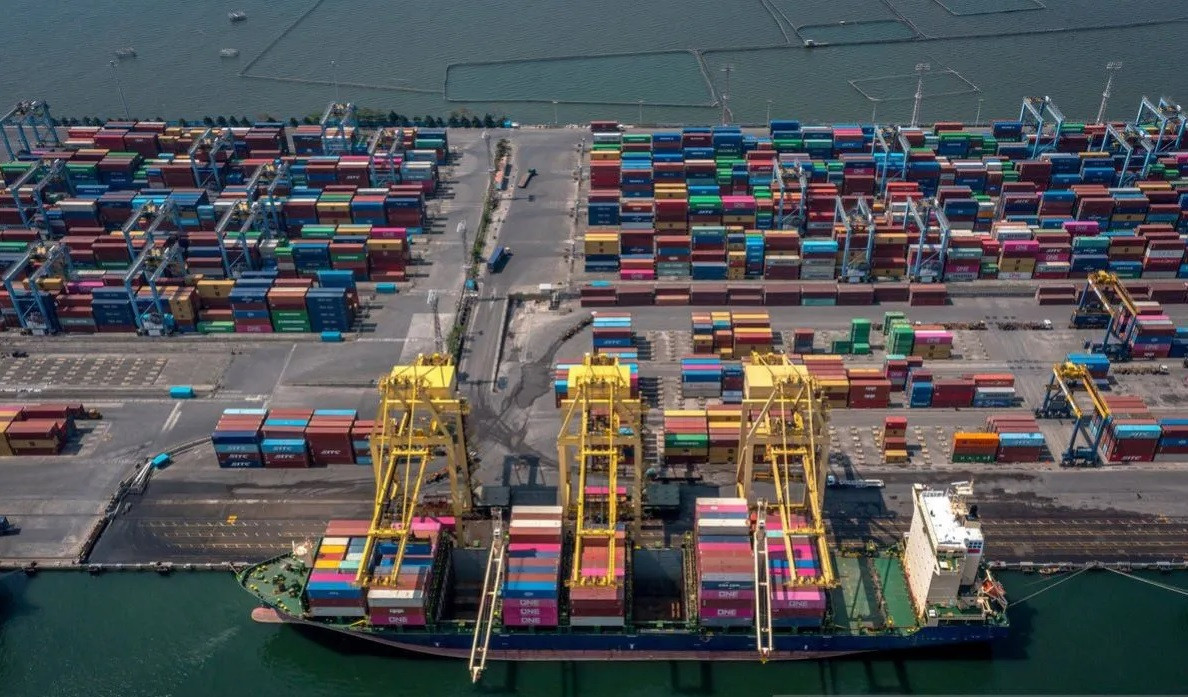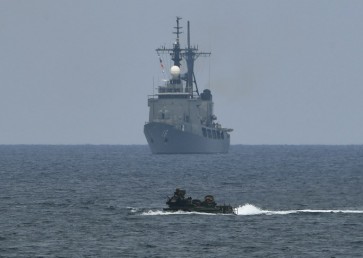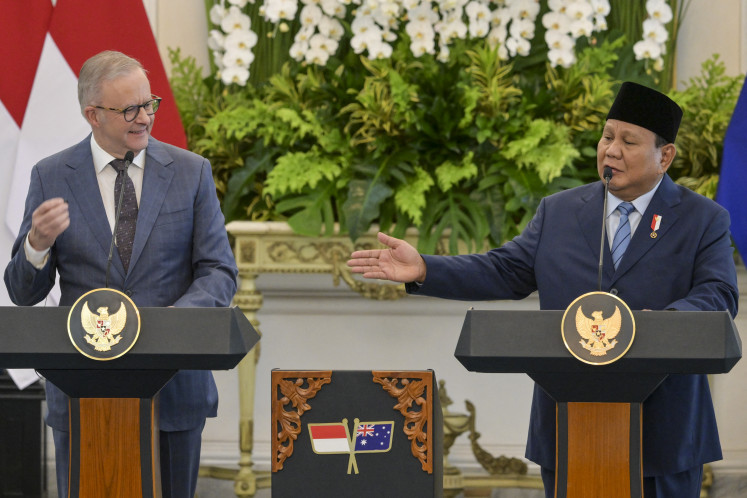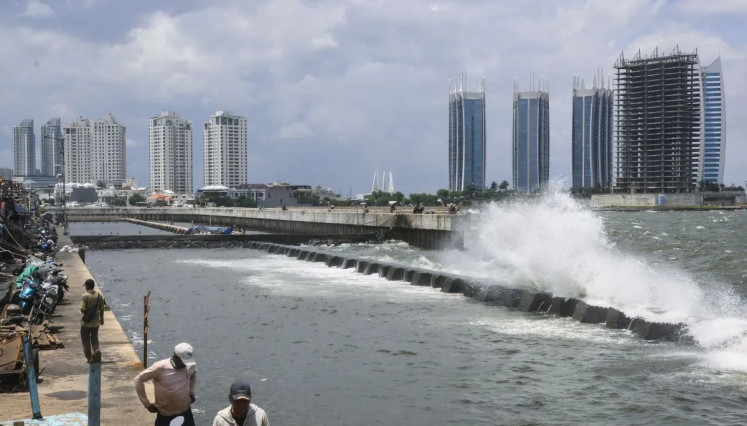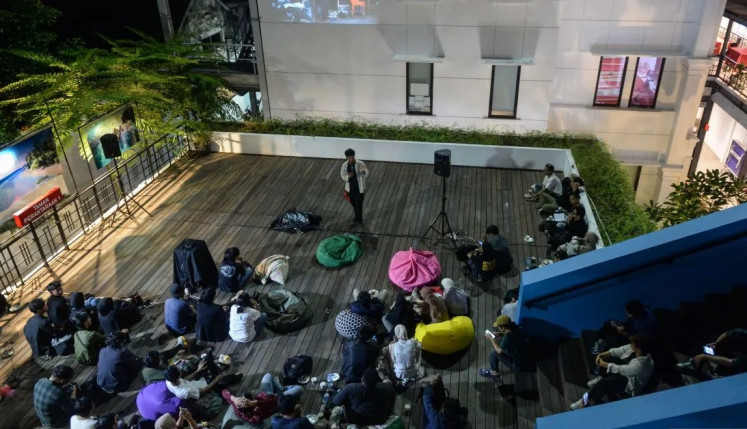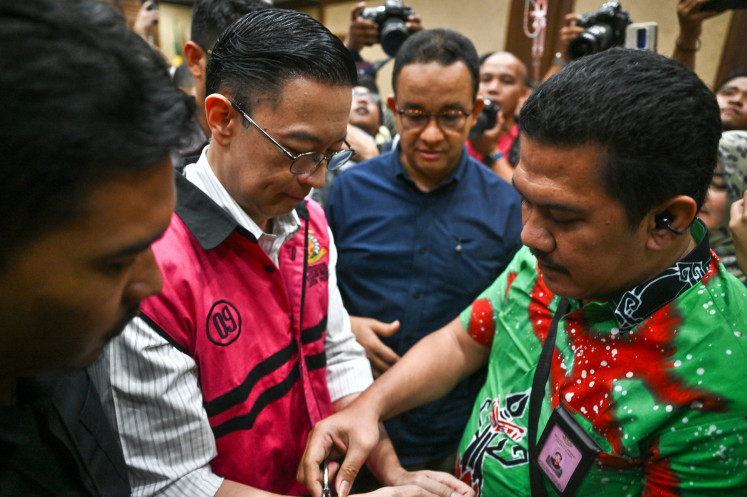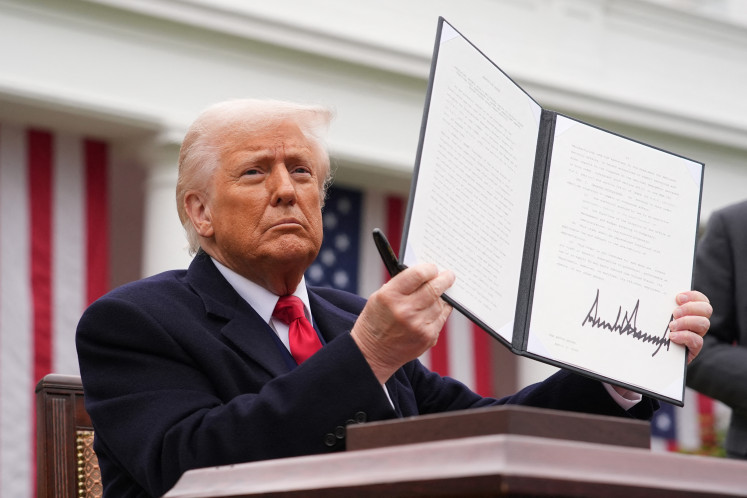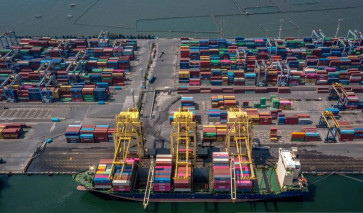Popular Reads
Top Results
Can't find what you're looking for?
View all search resultsPopular Reads
Top Results
Can't find what you're looking for?
View all search resultsIndonesia’s trade deal with the US needs ASEAN and more
Bilateral deals may offer tactical wins, but durable stability will come from joint rules, shared mechanisms and sustained regional coordination.
Change text size
Gift Premium Articles
to Anyone
I
ndonesia has reached a political agreement with the United States to lower tariffs on key exports, following a direct call between President Prabowo Subianto and US President Donald Trump. The deal reduces US tariffs on Indonesian products from 32 percent to 19 percent.
But the nature of this agreement, and the way it was reached, highlights deeper risks. In an era where economic statecraft increasingly relies on presidential discretion, political exposure and implementation gaps matter as much as negotiated terms.
Vietnam’s experience offers a warning. Despite months of technical engagement, Hanoi was blindsided when Trump publicly announced tariff terms that had not been agreed by its negotiators. What was expected to be around 11 percent was suddenly set at 20 percent. No joint statement followed. No legal document was released. Negotiators were caught off guard.
A similar lack of transparency now surrounds the US–Indonesia deal, which to date exists only as a verbal agreement between heads of state.
The volatility surrounding the US–Vietnam tariff episode is not an isolated case. It reflects broader shifts in US trade policy under Trump’s return: Weakened institutional channels, unpredictable policy processes and outcomes driven by political positioning rather than economic logic or World Trade Organization (WTO) principles.
In Indonesia’s case, the technical negotiations had been underway since April, led by Coordinating Economic Minister Airlangga Hartarto. Yet the final tariff outcome emerged only after direct presidential contact, underscoring the limited role of formal negotiation.
That process led to a significant win: A 13-percentage-point reduction in tariffs, which positions Indonesia slightly ahead of Vietnam (which accepted 20 percent), and well below China (55 percent), Cambodia (36 percent), Bangladesh (35 percent) and India (27 percent). This is a meaningful improvement in Indonesia’s competitiveness for labor-intensive goods like garments, footwear and shrimp.

